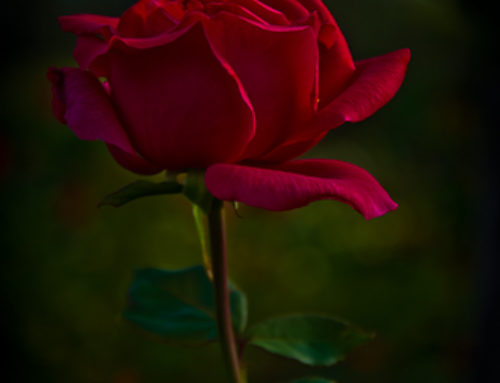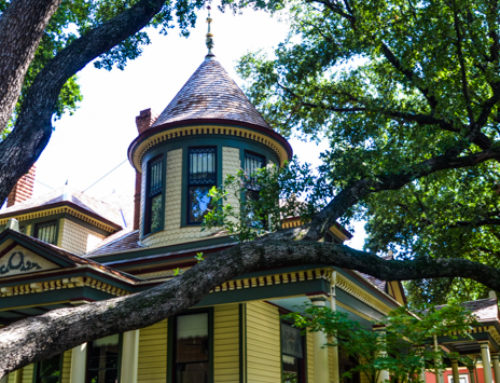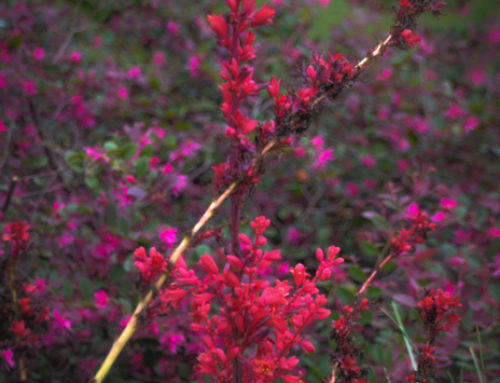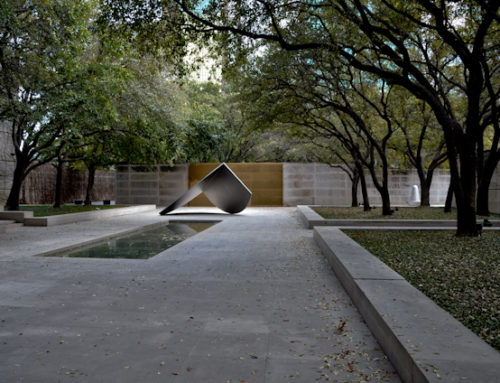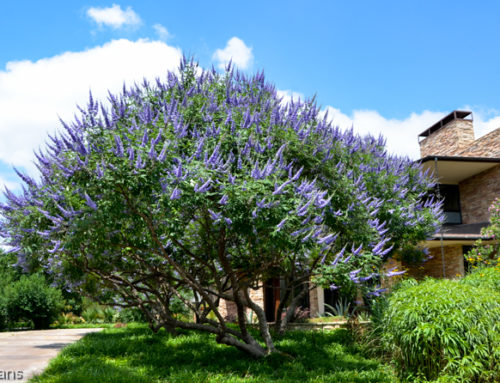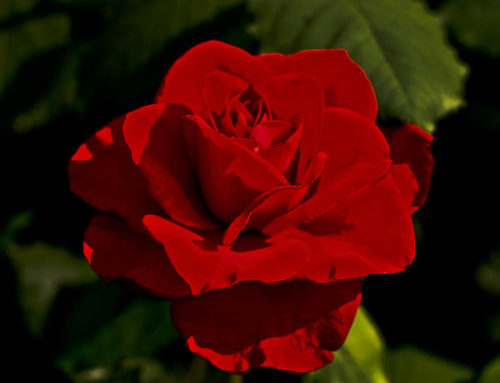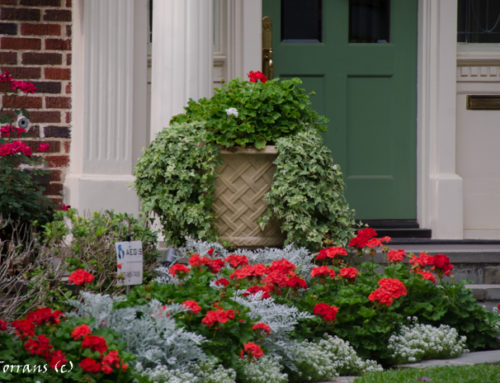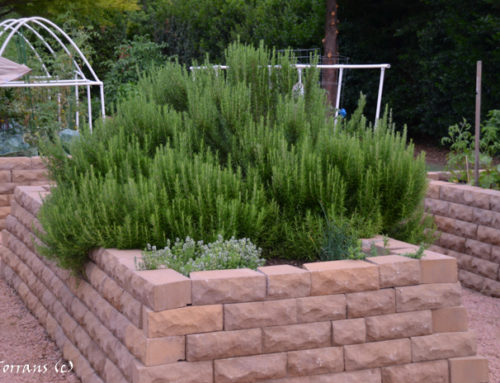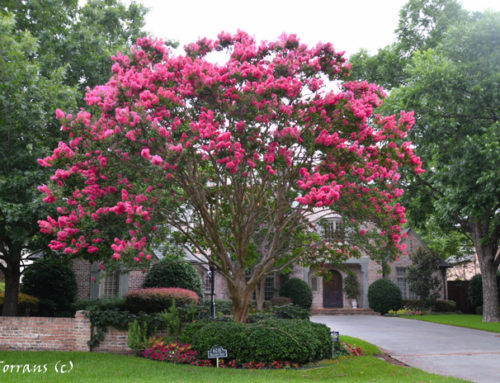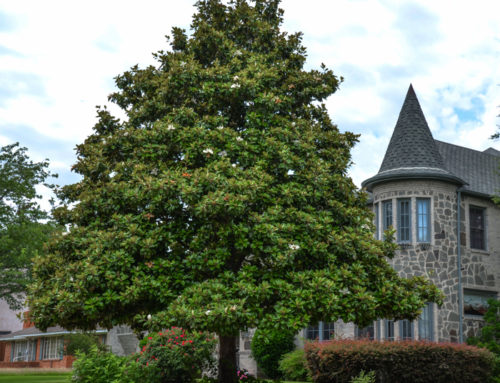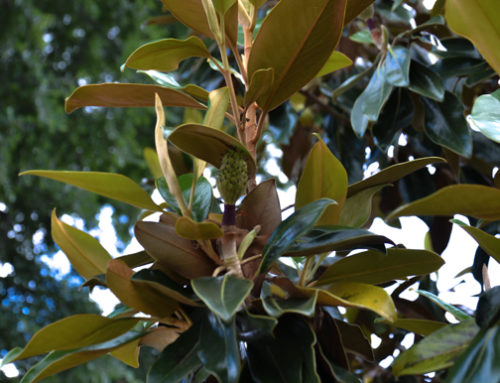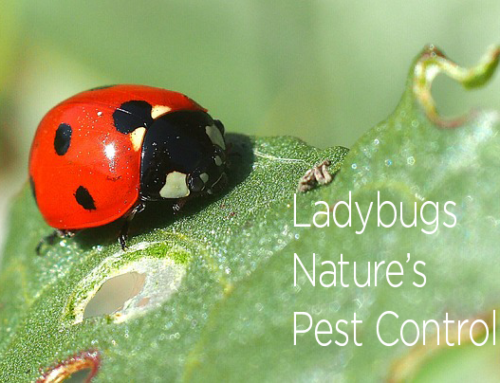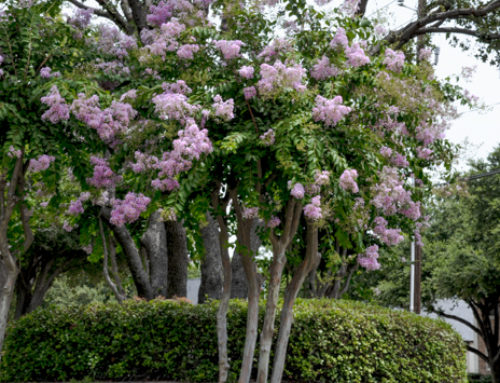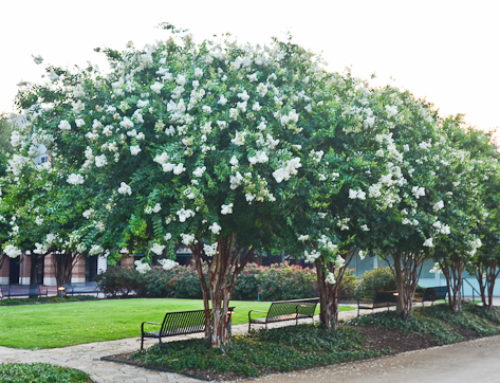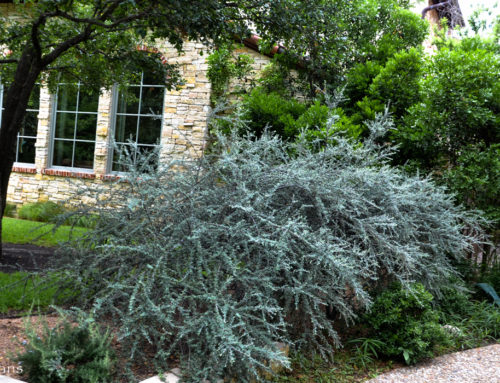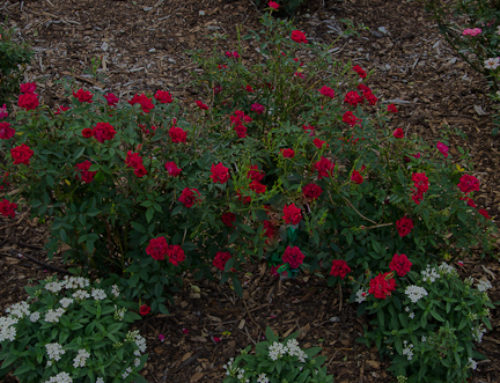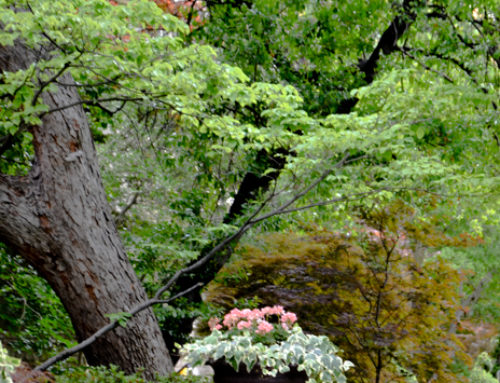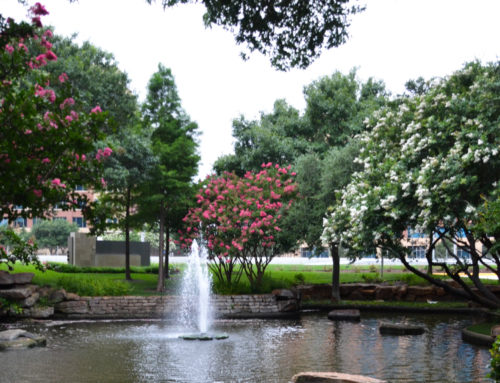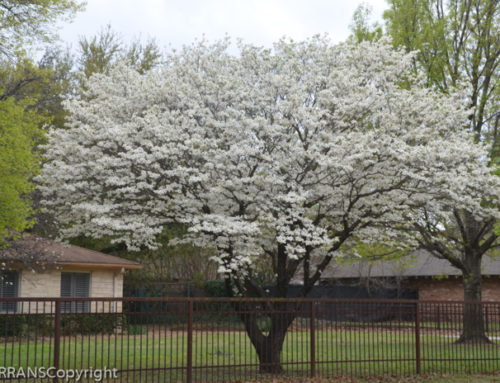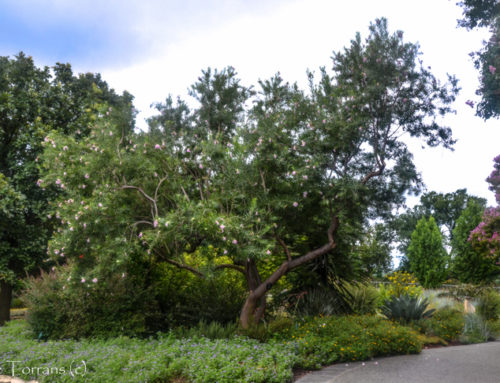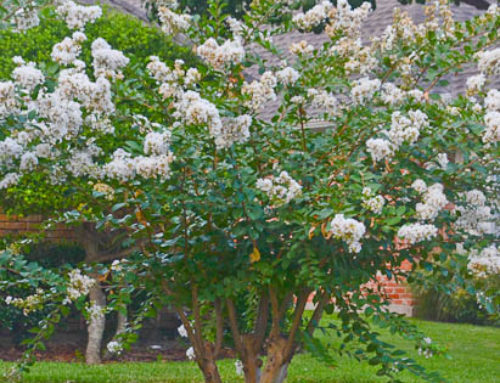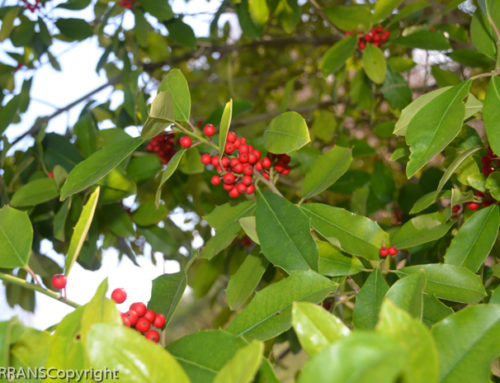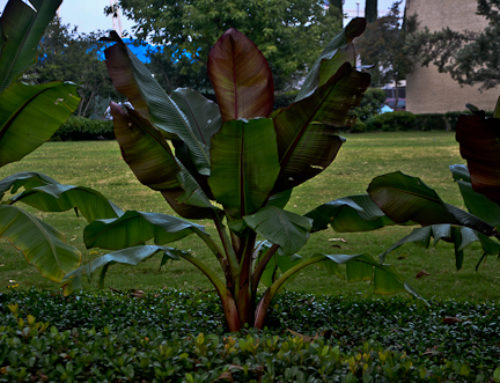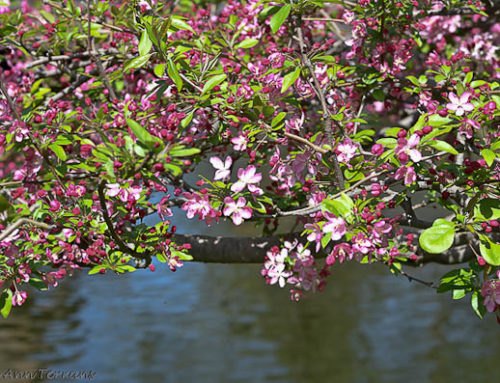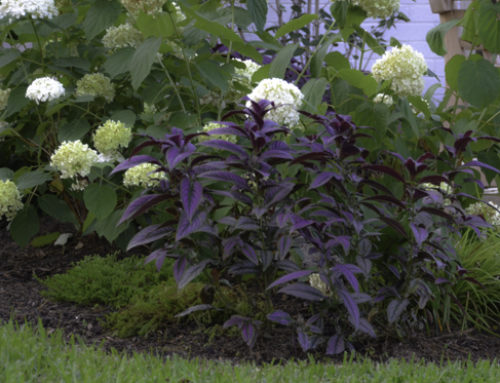Tuscarora: Most Popular Crape Myrtle in Texas |
| The Tuscarora Crape Myrtle has over the last twenty-five years become the most common crepe myrtle in Texas. It reaches heights of twenty-five feet, is heat hardy and drought tolerant. It has a fine gray bark, that is the least exfoliant of the crepe myrtle barks. This crape myrtle is spectacular in groves and alleys. You can see the upward growth of the branches, the dark green leafs, and the abundance of blooms. This is a heavy bloomer which contributes to its popularity. |
|
Tuscorora Crape Myrtle has the largest of all the pannicles in an upright branching structure but weeping pannicles and a neon orange color also called coral. More images to come!!! My goal this summer is to get lots and lots of Tuscarora Crapes. |
| There is no question but that Tuscarora is a scrumptious bloomer.
Coral Red Color: Be sure you understand the color is a coral red. In some instances and in some light I believe it approaches a neon. Personally, I do not care for this color, so buyer beware. This color works very, very well with brown and orange toned brick and clay tiled roofs. Crapes are easy to move in the fall, even twenty foot ones. But it is always best to plant the right plant! |
 Tuscarora Crape Myrtle 25 feet tall. Tuscorora Crape Myrtle has the largest of all the pannicles in an upright branching structure but weeping pannicles and a neon orange color. |
|
|
Tuscarora |
Tuscarora Crape Myrtles Most Popular Crape Myrtles in Texas |
| The Tuscarora Crape Myrtle is one of the top three “large” crape myrtles in Texas reaching over 25 feet in height. It has a slight coral cast – so if you are planting it with the most popular shrub roses, Knockout or Home Run, this is NOT the crape you want. If you are planting it with annuals and coral colored roses, this IS the crape you want! |

Tuscarora Crape Myrtles. Tuscororas lend themselves to grove planting with their upright branching and hanging pannicles. |
| See Crape Myrtle Overview and compare the multiple colors and sizes. The color above, a little on the pink side for a Tuscarora does occur in some plants and with some lighting conditions but generally it is more coral. |
| The Tuscarora is a fast grower, quickly developing an rounded upright top. It is not a weeper though its pannicles are amongst the largest of all crapes so they are heavy. |
| For the first three years the Tuscorora will have a slightly upward branching effect but as it matures the canopy will deepen. |
| The Tuscarora’s shape lends itself to row and group plantings. |
 |
| It is easy to recognize the Tuscarora with its upright branching, non-arching growth and slight coral color to the red. It is favored for its long bloom period, over 110 days, and its heavy blooms. |
| The Tuscarora was meant to be planted in groups in my opinion – it is care free and never requires pruning unless you have a weak inner limb. |
 Tuscarora Crape Myrtles. Tuscororas lend themselves to grove planting with their upright branching and hanging pannicles. |
| The Tuscarora Crape Myrtle is perfect for grove plantings but because they stand like centinals and grow upright they do not work as well as the arching crapes for creating a crape myrtle alley. |
 |
| It is not always easy to get the color exactly right. The image above comes closest to capturing the color of the Tuscarora Crape Myrtle. |
 Tuscarora Crape Myrtles. I was beyond sad to see that these beautiful natural crape myrtles had been topped off this past season. Why? So some landscaping company could bill and additional fifty dollars I suspect.  Tuscarora Crape Myrtles. The largest pannicles in the crape myrtle world. These crapes blend beautifully with the red tile roof here. Tuscaroras lend themselves to grove planting. |
| Tuscarora’s on a happy sunny day! Below is for Kevin: |


